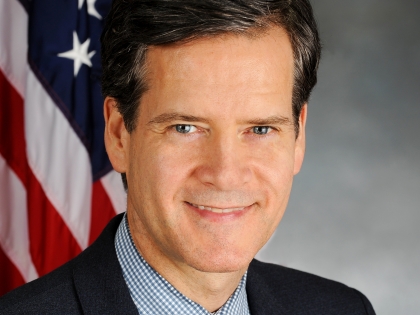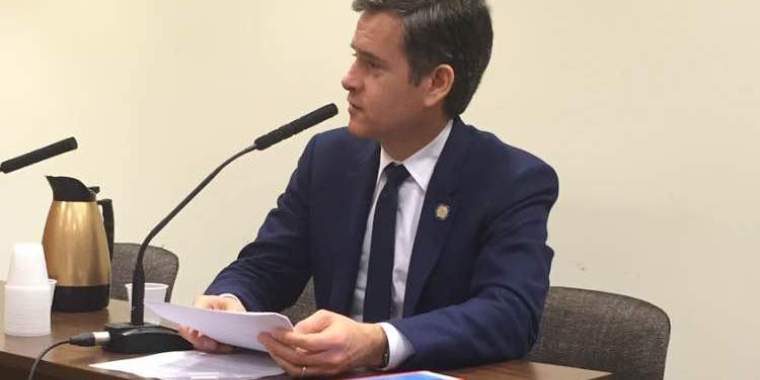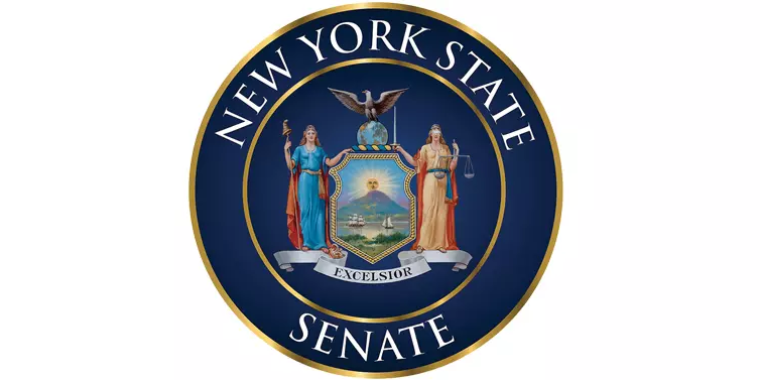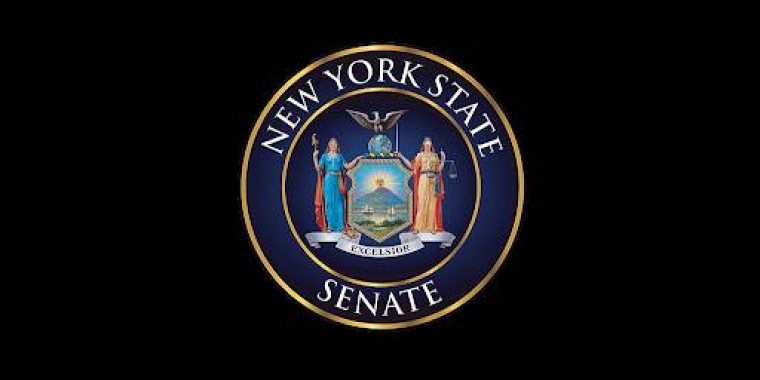
Senator Hoylman Testimony to The New York City Council Committee on Environmental Protection Regarding Intro 446 and Resolution 791
February 24, 2016
-
ISSUE:
- Environmental protection

On Monday, February 22, I submitted testimonies to the New York City Council on Environmental Protection regarding Intro 446 and Resolution 791.
Intro 446 would ban the discharge, disposal, sale or use within the city of New York of any wastewater or natural gas waste produced from the process of hydraulic fracturing. Despite Governor Cuomo laudable decision in December 2014 to ban high-volume hydraulic fracturing in New York State, fracking waste from other states continues to be dumped and used throughout New York. The hydraulic fluid used in the fracking process contains up to 300 chemicals and includes many known or suspected carcinogens like benzene and formaldehyde, as well as significant amounts of naturally occurring radioactive materials (NORMs). If fracking waste is not treated properly, dangerous chemicals could enter our water supply and cause significant public health and environmental risks. As Ranking Member of the NYS Senate Environmental Conservation Committee I sponsor several bills at the state level that would prevent such outcomes, including S.47 to prohibit the transportation of fracking waste throughout the state. But while we wait for New York State to act, the New York City Council can move forward by implementing a local ban on fracking waste to protect the city’s environment and public health.
Resolution 791 calls on the General Electric Corporation (GE) and the United States Environmental Protection Agency (EPA) to enter into an agreement that expands the scope of the Hudson River PCBs remediation plan, and to implement an expanded remediation plan immediately. Under a 2005 settlement agreement with the EPA, GE has used the dredging facility at Fort Edward to clean up millions of pounds of PCBs – toxic chemicals the company was responsible for dumping into the Hudson River for over three decades. After completing the terms of the 2005 agreement, the EPA allowed GE to begin dismantling its dredging equipment in November 2015. However, recent studies call into question the efficacy of the 2005 agreement’s remedy. In May of 2015, the National Oceanic and Atmospheric Administration (NOAA) issued a report examining the model projections used as the basis of the 2005 agreement, finding that the “original models used were overly optimistic” and overestimated the rate of natural recovery in the Hudson River. As Ranking Member of the New York State Senate’s Environmental Conservation Committee, and as the representative of a district in Manhattan that abuts the Hudson River, I fully support this resolution and encourage the Council to vote in its favor.
Share this Article or Press Release
Newsroom
Go to Newsroom

